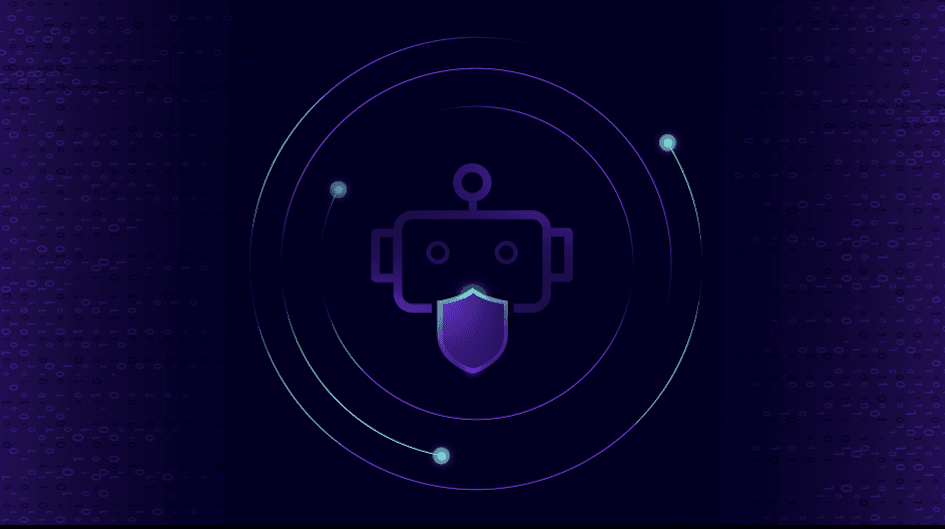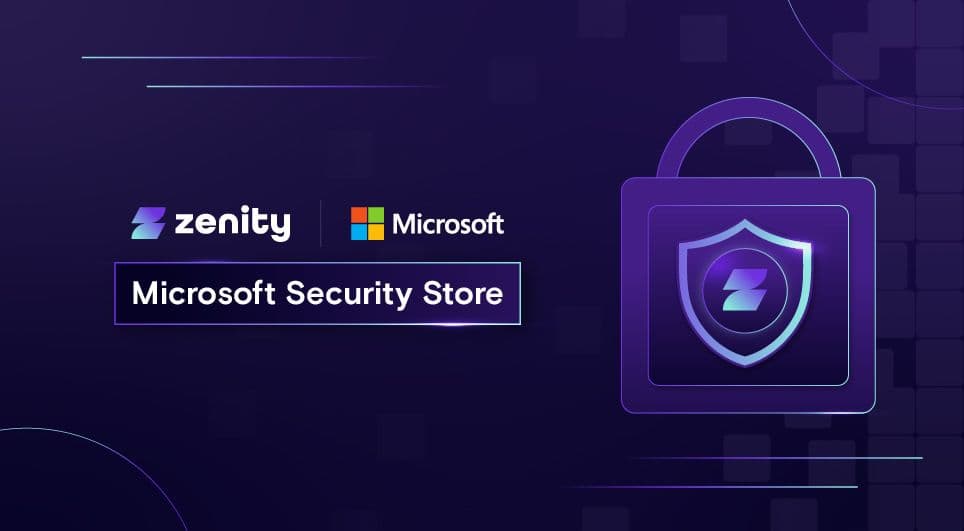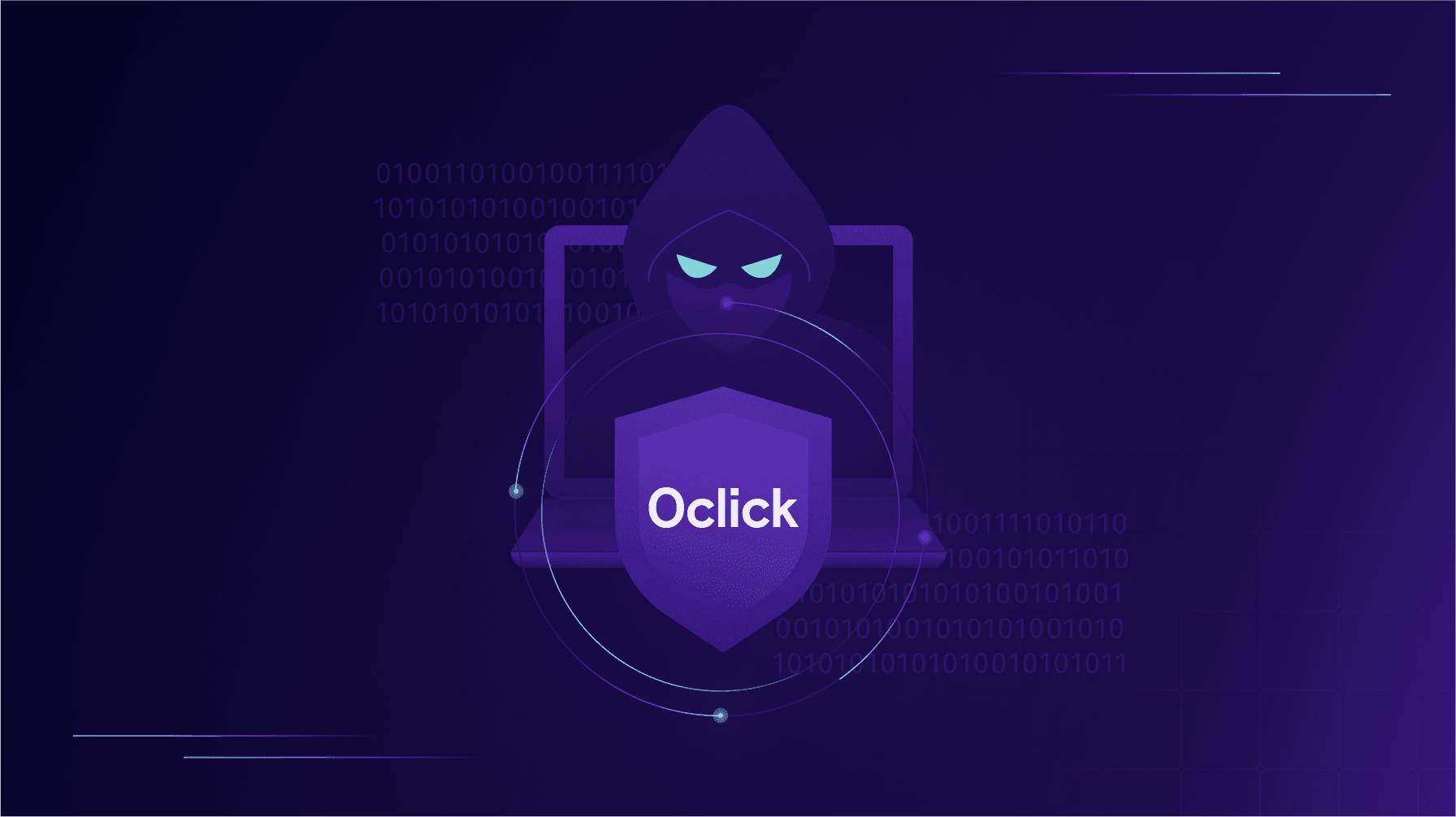Utilizing Zenity’s Security Suite to Detect and Mitigate AI Vulnerabilities in Real-Time

AI has completely changed how we live, work and play. With its unparalleled efficiency, ongoing learning abilities and its detailed precision, it makes short work out of what used to be more complex and cumbersome tasks. Although AI systems are incredibly powerful and only growing in capacity and scale, they’re not without their challenges. Like other types of programs and infrastructures, AI is not immune to vulnerabilities and security issues.
In this article, we’ll take a closer look at how Zenity’s Security Suite uses a variety of techniques and tools to address this issue while safeguarding AI systems from potential threats. We’ll look at common AI vulnerabilities, how they affect security, and how Zenity works to fight and resolve these issues in real-time, before they become more widespread.
We’ll also look at how to integrate Zenity into your existing security framework and how to take steps to ensure greater protection and ongoing fortification against newer, more ingenious threats.
How AI Vulnerabilities Affect Security
AI vulnerabilities run the gamut from poisoning its training data, all the way to inserting Trojans or backdoor vulnerabilities and enabling privacy or data leaks. At their worst, AI-based security systems can be misled by inputs that are designed to evade detection. Imagine a malicious actor creating a malware program that is designed to fly under the radar of AI-driven antivirus programs, and it’s easy to see how simply integrating AI into different systems is not the solution it seems to be.
What’s more, because AI is constantly evolving, so too is the severity of threats that can come about from its use. It’s no longer enough to be just a day or two behind a newly-discovered threat. Today’s security challenges need to be addressed in real-time. That’s where Zenity comes in.
How Does Zenity’s Security Suite Enable Real-Time Detection?
Zenity’s security suite allows developers to unleash the power and potential of citizen development through low-code AI apps through its security governance platform, which includes:
Critical Risk Assessment and Management
Features like the Zenity Attack Graph allow developers to visually detect AI vulnerabilities like over-shared copilots, vulnerable plugins and more. The Attack Graph shows the relationships that applications on low-code and no-code platforms have with other supporting objects like front-end connectors or data connections. Instantly see the thorough interconnectedness of how an application interacts with other objects and take steps to deal with any potential security risks.
Rather than having to piece together information from multiple sources, Zenity’s Attack Graph allows AppSec teams to instantly see the risks inherent in different apps or automations. Even something as simple as a faulty data connection can pave the way for greater exploits and vulnerabilities if left unchecked.
Ongoing Visibility
Traditionally, the SDLC or Software Development Lifecycle was a blueprint to help developers build, test, and fortify their applications. They were able to bake security into the early stages. Low-code/no-code development bypasses the traditional SDLC so that users can create applications with just a few clicks.
By using its deep connections with copilot and low-code platforms and its ability to identify anomalies and vulnerabilities in real-time, Zenity gives developers the oversight and security-specific management tools they need to safely protect all manner of AI programs, including applications, bots, plugins, copilots and more through a combination of ongoing visibility, real-time monitoring, and adaptive threat detection.
Real-time Governance
Because low-code and no-code applications can (and are) developed so quickly, security teams need to always stay one step ahead of threats, both seen and unseen. Governance is how they should approach this process, and Zenity is rooted firmly in the camp of doing so by being proactive.
Having the right processes in place means notifying citizen developers about the risks they created while educating them on how to fix them and how they can get support if needed. Ongoing training can further reinforce the importance of having a security process in place and knowing who to turn to and what to do in the event of a widespread vulnerability or breach.
User Access Control
Ordinarily, user access control follows RBAC or Role-Based Access Control. While this process helps give access to authorized users and does a decent job of protecting sensitive data, it’s not a blanket solution for all types of challenges and even less so for citizen development platforms.
Instead, Zenity’s approach of least privilege ensures that only users with express access controls can interact with bots, applications, plugins, and other tools. This approach is far more granular but also prevents configuration mishaps, unauthorized access, or opening the door to sensitive data leakage or privacy concerns. It also gives developers a set of policies and a playbook to refer to if such an incident occurs.
Why Blocking AI is Not the Answer
With all of these risks stemming from Generative AI and the ease of use of low-code and no-code development platforms, some enterprises have decided to shut off access to AI altogether. Blocking AI systems doesn’t address the underlying root cause of the vulnerabilities. It may also cause the enterprise to put itself at unnecessary risk in terms of compliance or specific data regulations.
If AI is continually blocked, it may also cause a ripple effect within the enterprise that causes the company to lose its competitive edge to less AI-adverse competitors. Using a system like Zenity’s Security Suite allows organizations to safeguard data so that users can continue to create on low-code and no-code platforms without putting systems at risk.
Getting Started with Zenity
AI systems are creating entirely new security challenges while democratizing the app development process. The more users a given service has, the more apps, bots, and copilots are created, and the greater the risk of a vulnerability, breach, or exploit. Zenity allows for the freedom of citizen development without sidestepping the crucial security measures that must be in place in order for these platforms to thrive.
To learn more or book a demo, visit Zenity.io.
Read More: Securing AI-Enhanced Applications: Zenity’s Role in Low-Code/No-Code Development
Read More: Advanced Threat Protection for Apps Built Using AI
Read More: Using AI to Build Apps & Automations: Top Cybersecurity Concerns
Related blog posts

Demystifying AI Agent Security
Let me be the first to say it, this space - AI agent security and governance - can be confusing. When I joined...

Zenity Joins the Microsoft Security Store: Securing AI Agents Everywhere, Together
We’re thrilled to share that Zenity is included in the unveiling of the Microsoft Security Store Partner Ecosystem....

0Click Attacks: When TTPs Resurface Across Platforms
If there’s one lesson security teams should take from recent disclosures, it’s this: AI agent attack techniques...
Secure Your Agents
We’d love to chat with you about how your team can secure and govern AI Agents everywhere.
Get a Demo